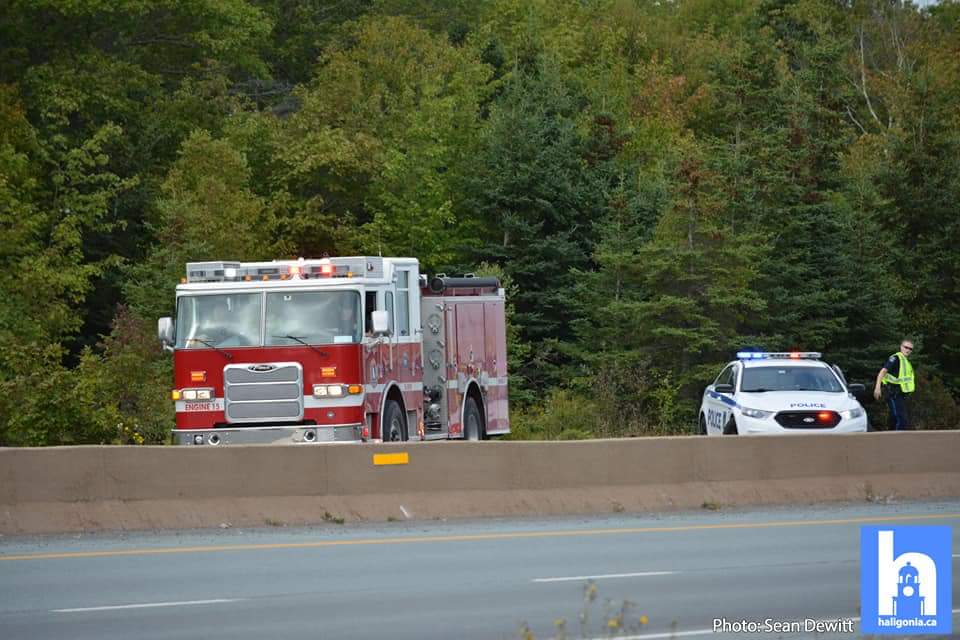What you need to do
If you see an emergency vehicle pulled over with its lights flashing, slow down to 60 km/h or obey the speed limit if it’s lower than 60 km/h.
If you’re on a road with 2 or more lanes in your direction, you should also move into another lane farther away from the stopped vehicle if you can do so safely.
You don’t need to slow down or move over if the vehicle is on the other side of the median on a divided highway.
Types of vehicles
This law has been updated to include public safety officers and tow truck drivers as well as emergency personnel, conservation officers and motor vehicle inspectors.
You need to slow down and move over for:
- ambulances
- police vehicles
- fire department vehicles
- department of Lands and Forestry fire vehicles
- fire chiefs’ or deputy fire chiefs’ vehicles
- conservation officers’ vehicles
- motor vehicle and carrier inspectors’ vehicles
- public safety vehicles, like sheriffs and bridge patrol officers
- tow trucks that are stopped at the scene of a fire or collision or assisting a vehicle (via NS Gov)
Penalties
Fines are double for speeding past, or not moving over when passing a stopped emergency vehicle with its lights flashing.
Fines for not slowing down or not moving over start at over $350.00 for a first offence however a judge can impose a higher fine if it goes to court.
When an emergency vehicle is moving
Emergency vehicles like ambulances, fire department vehicles and police vehicles using flashing lights and sirens have the right of way.
When one of these emergency vehicles approaches you from ahead or behind with its siren on, move to the right edge or curb of the road and stop completely. You must remain stopped until the emergency vehicle has passed or until a police officer directs you to move.
.
Source :Media Release

